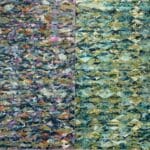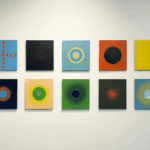This exhibition features selected botanical engravings from The Holmes à Court Collection’s Banks’ Florilegium and related artefacts sourced through the Western Australian Museum. The Banks’ Florilegium is a collection of historical importance and although well known has rarely been shown.
Banks’ Florilegium consists of seven hundred and thirty eight botanical engravings, which record the plants collected by Joseph Banks and Daniel Carl Solander and drawn by Sydney Parkinson on Captain Cook’s first voyage around the world 1768 – 1771.
The engravings were printed in colour during 1980-1989 for the first time from the original eighteenth century copperplates. That Banks never saw his Florilegium completed is especially sad and has been described as one of the tragedies of science.
These historic plates, bequeathed by Banks to the British Museum in 1820, (shortly before his death) are exceptionally fine examples of the engraver’s art. They depict some of the first plants to engage the scientific attention of European voyagers in the Pacific Ocean including the very first plants of New Zealand and Eastern Australia ever to be gathered and studied by Europeans. Banks’ Florilegium is represented in public and private collections over the world.
The Western Australian Museum have married the stunning artworks of the Banks’ Florilegium with fossils from its palaeontology collection, to highlight the fact that many of the main sites collected at by Banks in the Southern Hemisphere were once joined together as part of a great supercontinent, called Gondwana. To appreciate the evolutionary history of the plants that Banks collected, we must understand their geological heritage.
For further information and details of gallery floor talks contact Anne Meredith, Gallery Manager






